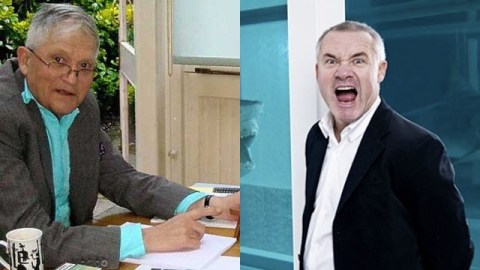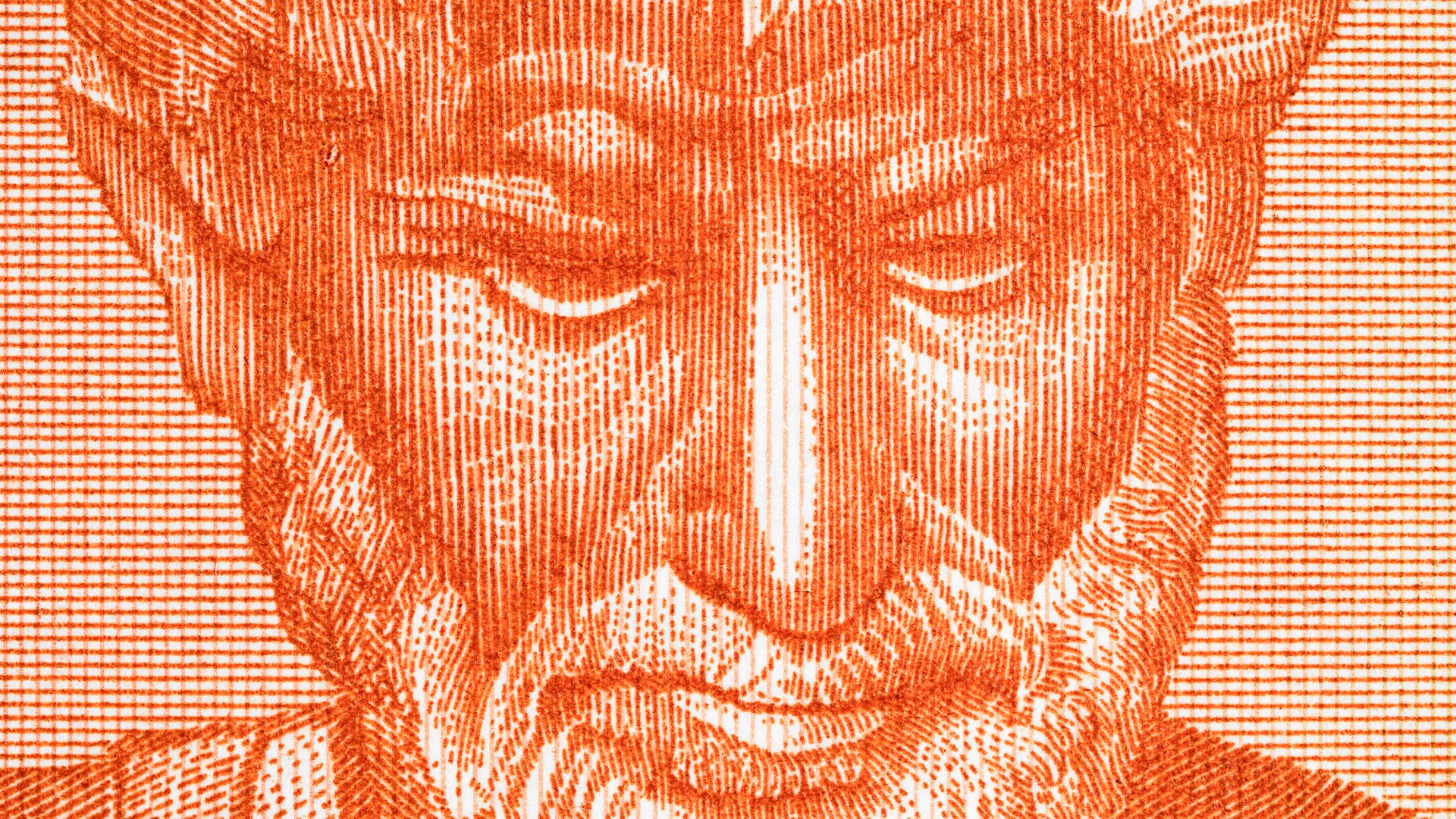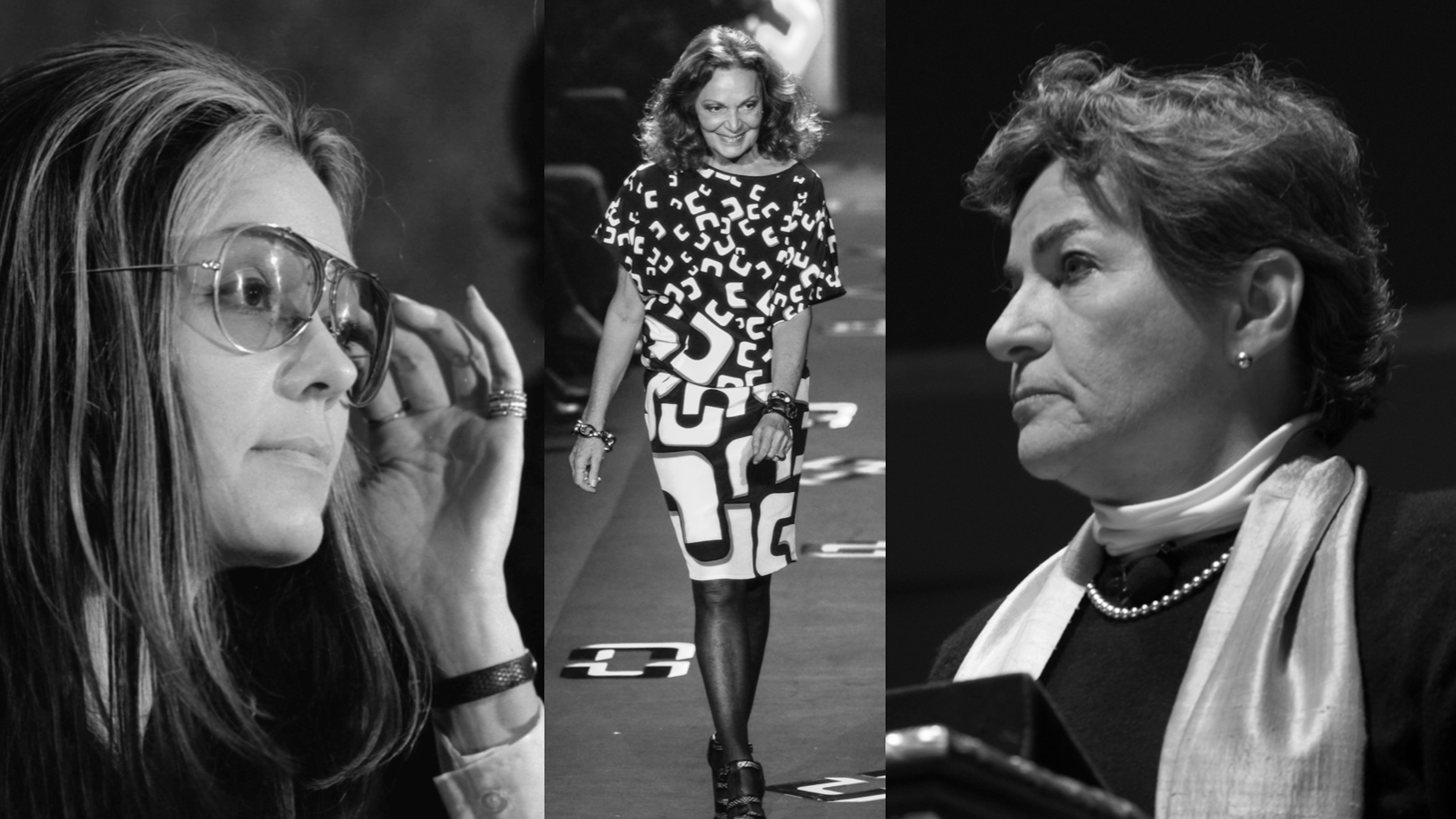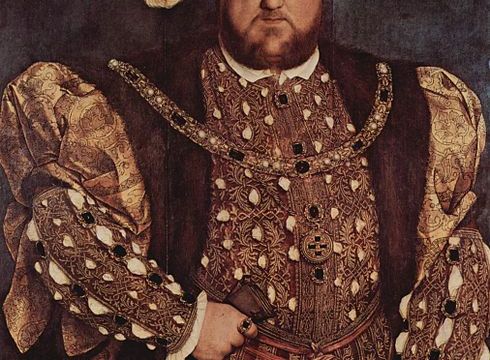Why the Hockney Versus Hirst Feud Is Good for Art

No sooner do I make a list of the must-see exhibitions of 2012 that includes exhibitions featuring both David Hockney (above, left) and Damien Hirst (above, right) then we get the first good, old fashioned public fight between the two. As reported in The Independent today, posters for Hockney’s show David Hockney RA: A Bigger Pictureat the Royal Academy of Arts, London will include the line, “All the works here were made by the artist himself, personally”—clearly pointing an accusing finger at Hirst’s penchant for outsourcing his spot paintings, which will circle the globe at 11 Gagosian-owned galleries starting next week as well as find a place in the Damien Hirst retrospective starting in April at Tate Modern. Is this just a publicity grabbing stunt or a true philosophical clash? I believe that, in the end, Hockney’s stand is just what contemporary art needs to matter to the mainstream again.
As quoted in the piece in The Independent, Hockney confirmed that the poster’s target was Hirst in an interview after receiving the Order of Merit on Sunday. “It’s a little insulting to craftsmen,” Hockney added, “skilful craftsmen.” Perhaps Hockney felt flush after getting the royal treatment, but I’m inclined to believe that Hirst has irked Hockney for quite some time. Crowned the king of British art, so to speak, Hockney felt empowered to decree what he felt was a necessary message. So far, Hirst has not yet responded, but speaking of the spot paintings in 2007, he admitted paying assistants to paint them, claiming that “[t]hey were better at it than me. I get bored. I get very impatient.” For someone like Hockney, who has gone from canvas to iPads and iPhones in a never-ending quest for creative outlets, the idea that someone calling themselves an artist could be “bored” by art he puts his name to (and profits from) must be especially galling.
Nick Clark for The Independent tries to defend Hirst via Michael Petry, author of a book on artists who outsource their art-making. “It is one thing to say, ‘That’s not the way I work’, which is fine, but we don’t need to throw stones at each other,” Petry says. “To say this sort of thing is to erase a whole century of contemporary art.” Clark helpfully lists a historical list of artists who used assistants that includes Michelangelo, Marcel Duchamp, and Andy Warhol. I find Clark and Petry’s absolving analogies weak. To compare Hirst’s actions with Michelangelo’s use of the workshop system of the distant past distorts the nature of the different times and different expectations. Michelangelo may have needed help applying the fresco to the surface of the Sistine Chapel ceiling, but he painted the imagery on that wet plaster himself. Michelangelo worked his craft with the focus and patience Hirst admits he lacks. The comparisons to Duchamp and Warhol fall less easily, but still collapse under scrutiny. Duchamp and Warhol outsourced in their unique ways to make a statement about the nature of art itself. The outsourcing added an element to the art itself. When Hirst outsources, the only statement he makes is that he can’t be bothered to paint it himself. For me, the only honest analogy from Hirst to another artist is Jeff Koons, who just as shamelessly outsources all his artwork but at least demonstrates an enthusiasm for the work that the “too cool for art school” Hirst refuses to show.
With the death of Lucian Freud, Hockney must be feeling the full weight of the artistic tradition of Britain and the entire West on his shoulders. Hirst must seem like a barbarian at the gates of the Western canon looking for an opening to bring his vision to bear on the future of art. Hockney holds the craftsmanship of the past too dear to allow it to slip away in a meaningless flurry of dots, diamond-encrusted skulls, and bottled sharks and cows posing as serious art. Hirst and others still claim membership in the Young British Artists crew of three decades ago, but, no longer young, they are now looking for a way into the establishment and widespread public acceptance. Here’s hoping that Hockney’s gibe keeps them out in the cold for good.





